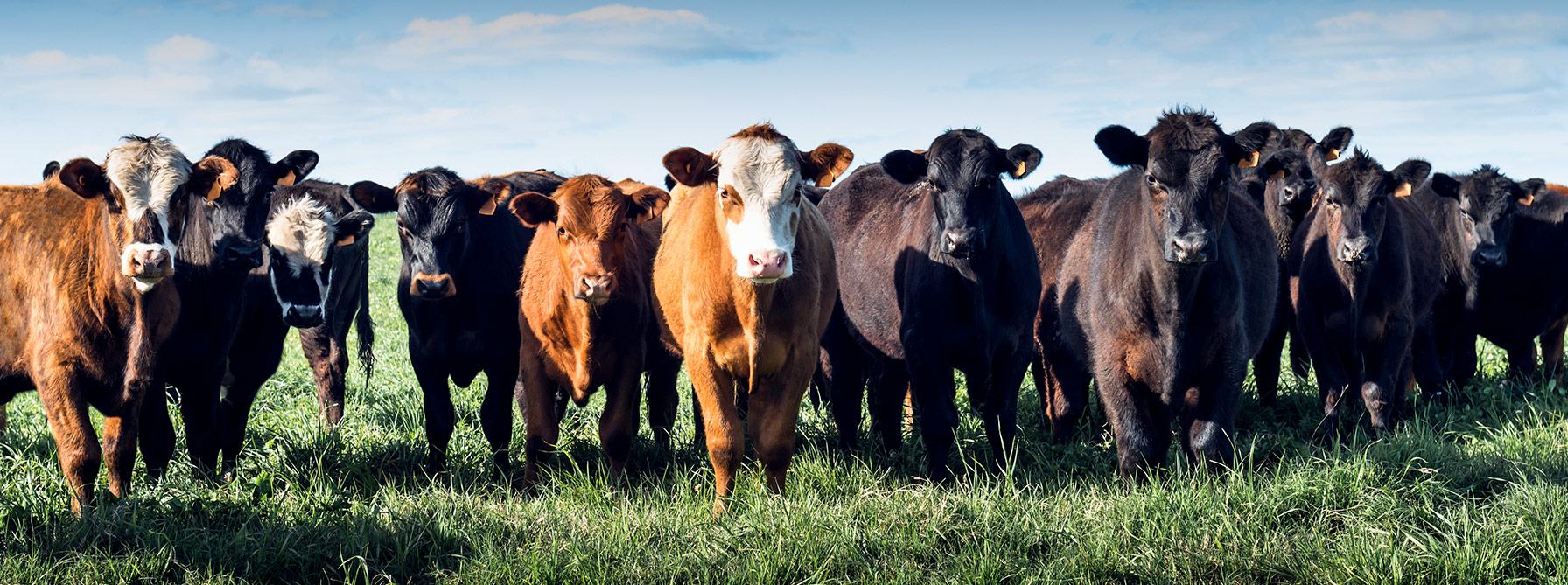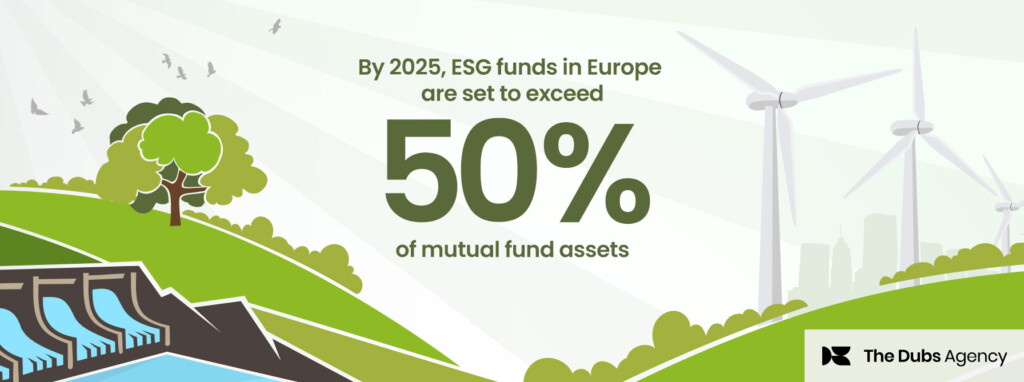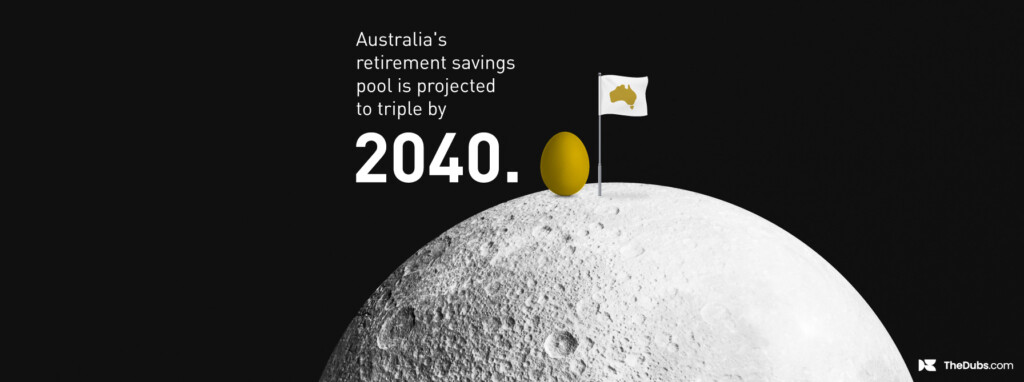Six months into his role as SocietyOne’s chief operating officer for agri lending, Michael Vamos is a relative newbie in a marketplace lending business that’s been around since 2012. We picked his brain about the agri industry’s growing acceptance of fintech and how SocietyOne is meeting the nuances of the farming industry’s needs.
Agri lending is a point of difference for SocietyOne – why did you decide to offer this service?
SocietyOne’s ethos is about rewarding good behaviour, it’s about likeminded people helping likeminded people; a lot of that resonates very heavily with people from the land.
There were also guys in the business in its very early stages that had a connection to the land. They saw the opportunity sooner than most and set about building a product that is essentially built by livestock agents for livestock agents.
What did you identify as the gaps in agrilending?
Interestingly I’ve come into this role in the last six months, and I feel like I’m sitting on the world’s best-kept secret. The reality is the options for farmers and livestock agents are getting tighter and tighter in terms of access to capital. And as generational changes occur, farmers are less cashed up. People are coming into a farming operation and not necessarily owning the land and assets, so they don’t have access to capital through traditional means like the banks.
The reality is the options for farmers and livestock agents are getting tighter and tighter in terms of access to capital.
We provide a master credit facility for the agent that they can deploy with their farmer clients who need to buy livestock. The loan is secured by the livestock itself and that’s an offering you can’t get through traditional mechanisms.
The only other products out there that fill the gap are products aimed at the farmer, and then the farmer has to go through a process of credit assessment similar to how a bank would do it, every time they want to borrow money to buy livestock. Whereas with this facility, once the farmer is onboarded and understands our system, they can access funds through our system whenever they like. We can turn it around quickly so they come and go as they please.
Do stock agents easily understand the concept of marketplace lending?
Conceptually you need to get your head around it – so we’ve created a field force to explain the product to agents, and take them through the mechanics of how to use the product. What we find is that once the agent has used the product once and they understand the process, then it flows very smoothly.
We’re about to launch a new portal which is going to be quite a cool experience for agents. They’ll log into the portal on their mobile device or on their desktop in the office and that can have a dashboard view of their facility – they can see how much of their facility they’ve used, they can see who they’ve lent it to, how much interest they’ve paid, when those loans are due, which farmers are coming up for repayment.
And the farmers can look into the portal and see what their situation is.
The portal is the first foray into providing a better technology-enabled experience for our livestock agents and their clients and that’s the tip of the iceberg. What we need to do is provide a service that’s fast, frictionless and easy.
We see a day when you can actually access our facility through the applications you’re already using to run your farm.
How do you communicate your point of difference to customers?
Through people out in the field, through the portal experience that we’re about to launch, we’re doing it through an active communications engagement with our agents, so we’re reaching out to them on a regular basis, to touch base and see how they’re coping with the current drought conditions, to see if there’s anything we can do to assist.
We’ve found that in the last six months – again, in keeping with our overall brand philosophy of being fair – what we’ve had to say is, if you’re having issues in relation to paying back the loan, how can we help? Our agents and their clients seem to be really responsive to that approach. We can’t act like the big, bad banks… we have to be very much in cadence and in rhythm with how these guys operate.
We need to try and bring the types of funding options to our regional businesses that they can get anywhere in the city and we need to deliver it in a way that’s fast, frictionless and easy, but also is synchronised with how they do business. We have to come to them, not the other way around.
Banks are walking away from regional Australia – we need to go the other way which is reaching out to them and we need to be partnering with them and delivering a better product experience.









